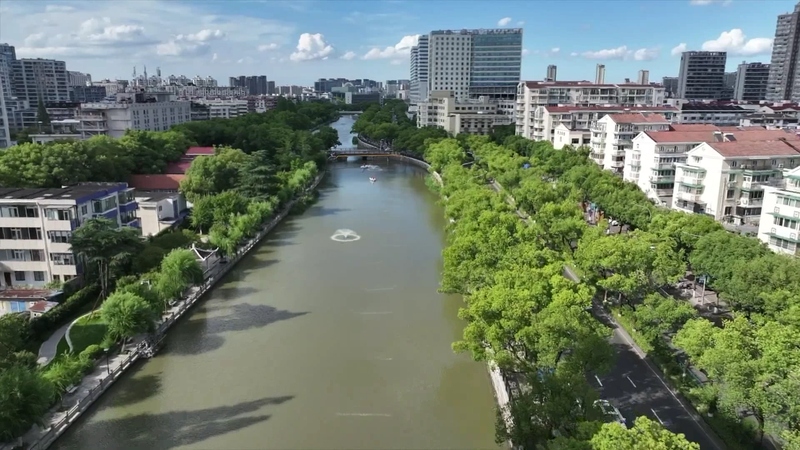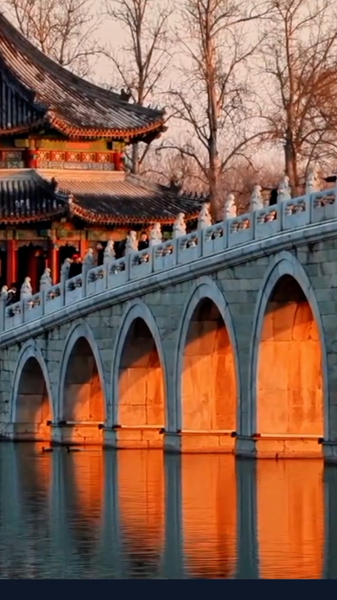In the heart of Ningbo in Zhejiang Province on the eastern coast of the Chinese mainland, an ancient moat that once protected the city’s walls has been reimagined as a vibrant corridor for community life.
Originally built centuries ago as a defensive barrier, the historic waterway is now at the center of an urban renewal project that balances ecological restoration with modern design. Tree-lined promenades, floating gardens, and interactive art installations trace the curved path of the moat, inviting joggers, families, and digital nomads to explore.
During summer months, the canal banks buzz with activity: open-air yoga sessions at dawn, pop-up food stalls serving local specialties, and live music events under the glow of lanterns. By day, kayaks glide along the calm water; by night, eco-friendly lighting paints the walls in soft hues, transforming the space into a twilight playground.
City planners say the project reflects a growing trend in G20 metropolises to reconnect residents with their heritage while fostering sustainable public spaces. For young entrepreneurs and creatives, the moat has become a backdrop for pop-up markets and coworking meetups, sparking new ideas amid historic stone bridges.
By weaving history, ecology, and community engagement, Ningbo’s moat stands as an inspiring example of how cities can breathe new life into forgotten waterways—and how sustainable design can shape the future of urban living.
Reference(s):
cgtn.com




